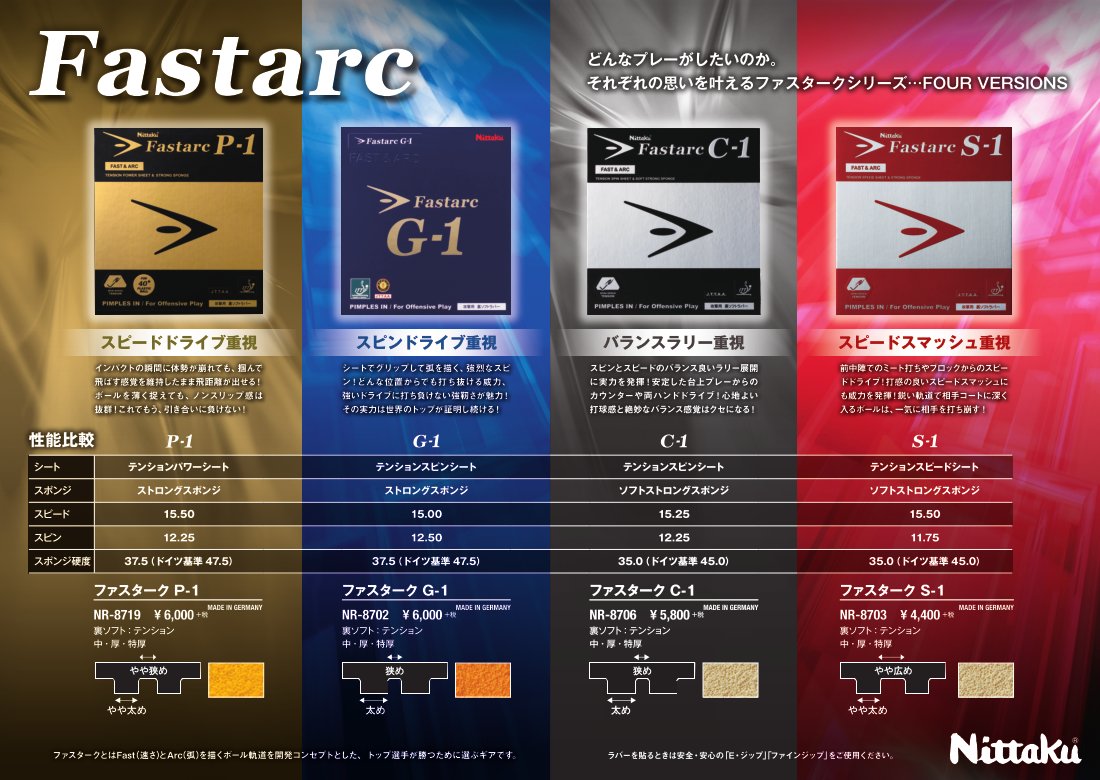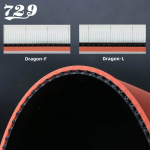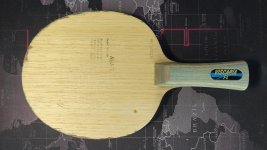I'm new to these equipments and got confuse about hardness/softness and thickness/thin (like 1.5mm to 2.0 or max). I looked at tabletennis 11 and not all their rubbers have that information and sometimes the rubbers will indicated hard or soft but doesn't say anything about thick or thin or when it says thick/thin but doesn't say hard or soft. Can someone with the knowledge please explain the differences?
thanks,
thanks,














